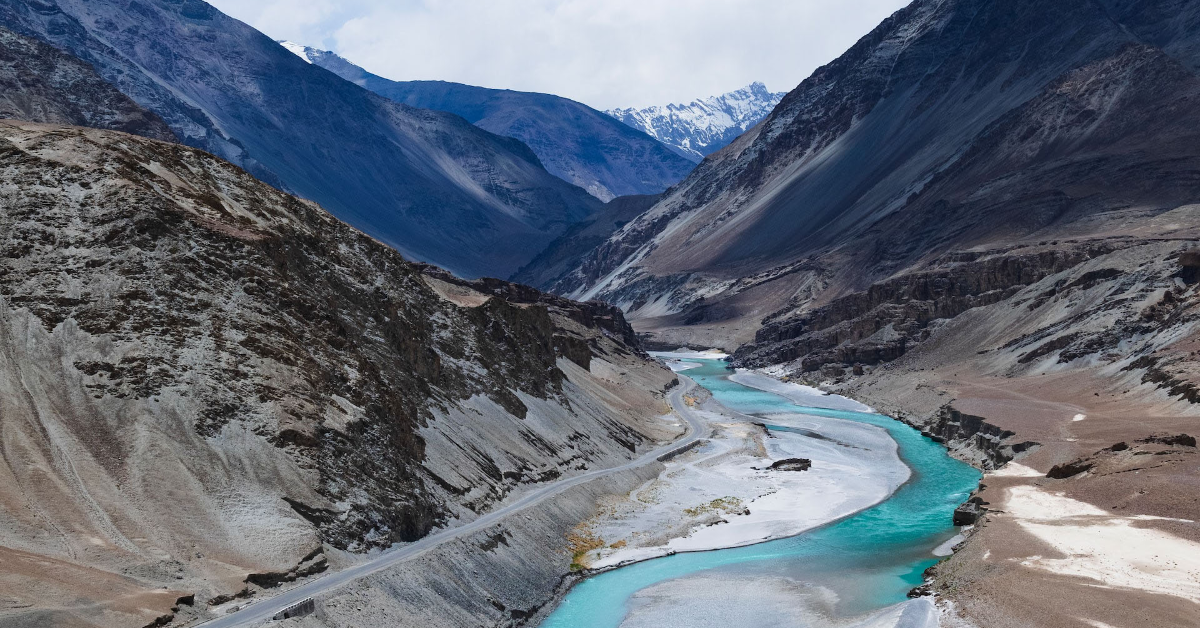Uncovering the Secrets of the Indus Valley Civilization: An Exploration of its Cities, Economy, Religion, and Culture

The Indus Valley Civilization, also known as the Harappan Civilization, was one of the earliest and most advanced civilizations of the ancient world. It flourished in the region of what is now Pakistan and northwest India from around 3300 to 1300 BCE.
Origins
The origins of the Indus Valley Civilization are still debated by scholars, but it is generally believed to have arisen from a series of small, agricultural communities that began to settle in the region around 4000 BCE. Over time, these communities grew and began to develop complex social, economic, and political systems, eventually giving rise to the first urban civilization in the region.
Cities
The Indus Valley Civilization is known for its large and well-planned cities, the most famous of which are Mohenjo-Daro and Harappa. These cities were built on a grid pattern and were equipped with advanced drainage and sewage systems, as well as sophisticated architectural features such as baked brick buildings and granaries. The civilization also had other important urban centers like Lothal, Dholavira, Rakhigarhi, and Kalibangan.
Economy
The Indus Valley Civilization was an advanced and complex society, with a well-developed economy. The civilization was heavily dependent on agriculture but also had a significant trade network. They had a wide range of crafts and manufactured goods, including bronze tools, pottery, seals, and beads, many of which have been found at archaeological sites. They also had a sophisticated system of weights and measures, and possibly had a system of writing, which has yet to be fully deciphered.
Religion and Culture
The Indus Valley Civilization had a complex religious and cultural system, with a pantheon of gods and goddesses. The civilization was polytheistic, and many seals and figurines found at Indus Valley sites depict a variety of deities. The civilization also had a developed system of ritual and sacrifice, as well as a rich tradition of art and architecture. Many seals found at Indus Valley sites depict scenes of daily life, including activities such as farming, trade, and religious rituals.
Decline
The decline of the Indus Valley Civilization is still a matter of debate among scholars. Climate change, environmental degradation, and invasion by outside groups are among the various theories proposed to explain the collapse of civilization. Some scholars suggest that the decline of the Indus Valley Civilization was a gradual process, while others believe that it was the result of a sudden and catastrophic event.
Conclusion
The Indus Valley Civilization was one of the most advanced and complex societies of the ancient world. Its well-planned cities, advanced technology and economy, and rich cultural heritage have fascinated scholars for centuries. Despite the decline of the civilization, its legacy can still be seen in the modern-day region, and continues to play an important role in shaping the culture and identity of the region.





